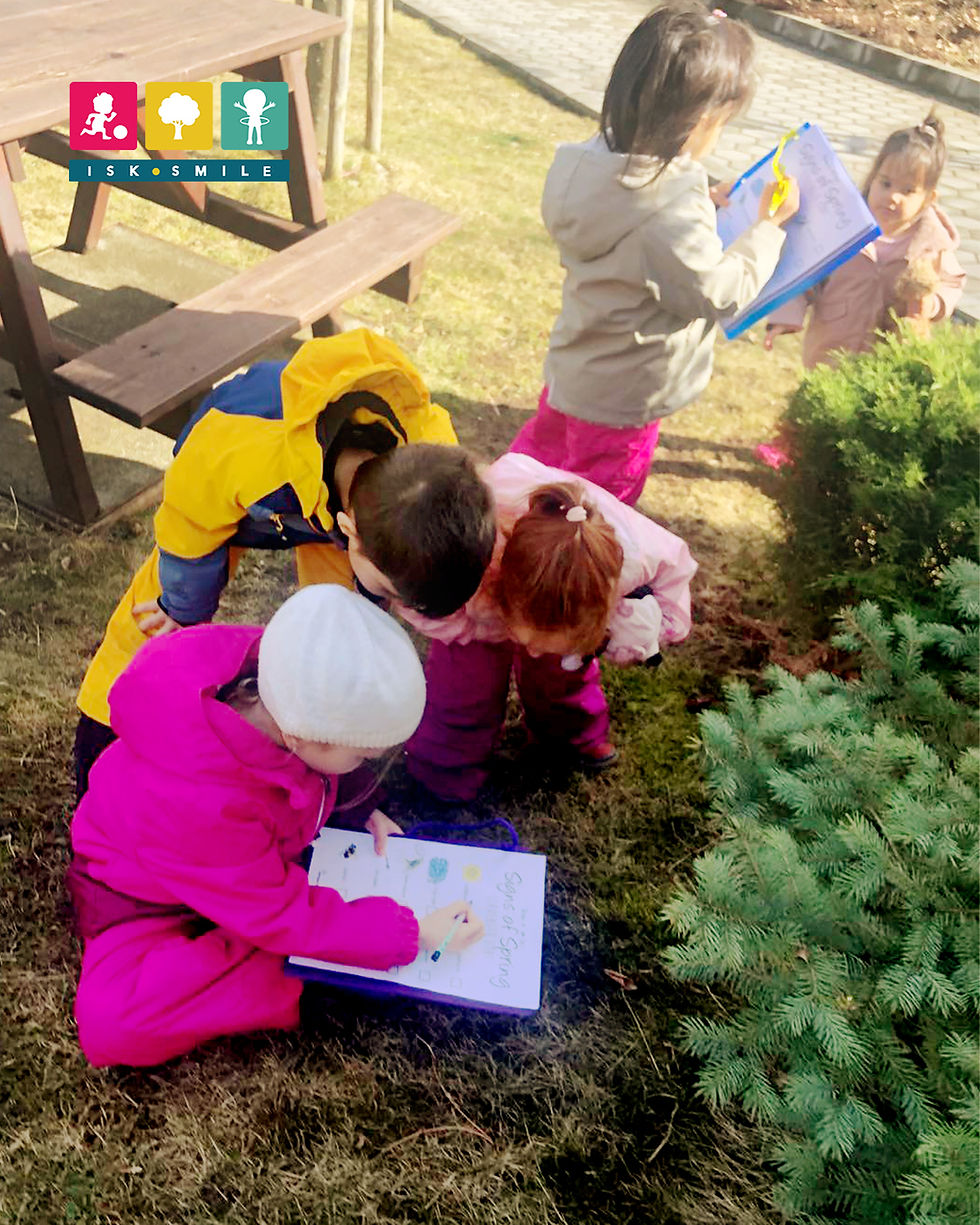The Benefits of Bilingualism in Early Childhood
- Elina Cherkezova-Veleva
- Jan 10
- 3 min read

In an increasingly interconnected world, the ability to communicate in more than one language has become a valuable asset. But bilingualism is not just about preparing children for global opportunities—it also offers significant cognitive, social, and emotional benefits, especially when introduced in early childhood.
Cognitive Advantages of Bilingualism
Young children’s brains are highly adaptable and primed for learning languages, making early childhood the ideal time to introduce bilingual education. Research shows that bilingual children often display enhanced cognitive skills compared to their monolingual peers. These benefits include:
Improved Executive Functioning: Learning and switching between two languages helps children strengthen their ability to focus, solve problems, and manage multiple tasks effectively.
Enhanced Memory: Bilingual children tend to develop stronger working memory, which aids in academic learning and everyday tasks.
Greater Creativity: Exposure to two languages encourages flexible thinking and creative problem-solving, as children learn to view the world from multiple linguistic and cultural perspectives.
At ISK-Smile, the curriculum is designed to harness these cognitive benefits by integrating English learning into daily activities. Through hands-on games, songs, and interactive lessons, children develop language skills in a way that also strengthens their overall brain development.
Social and Emotional Benefits
Learning a second language also fosters social and emotional growth. Children who grow up bilingual are often more adept at understanding others’ emotions and viewpoints, skills that are critical for building empathy and strong interpersonal relationships. Some key social advantages include:
Improved Communication Skills: Bilingual children learn to navigate conversations in different contexts, making them more effective communicators.
Cultural Awareness: Exposure to another language inherently exposes children to new cultures, teaching them to appreciate diversity and develop open-mindedness.
Confidence Building: As children master a new language, their self-esteem grows, fostering a sense of pride in their accomplishments.
ISK-Smile embraces these principles by creating an environment where children can naturally immerse themselves in English while being supported emotionally and socially. Through group activities, discussions, and play-based learning, children are encouraged to collaborate and express themselves confidently.
Language Learning and Cognitive Development
Studies suggest that bilingual children perform better in areas such as problem-solving, critical thinking, and multitasking. This is because learning two languages requires the brain to engage in constant processing and decision-making, which builds neural pathways that benefit overall mental agility.
Practical Benefits of Bilingualism
Apart from cognitive and social benefits, bilingualism also offers practical advantages that extend into adulthood. For example:
Academic Success: Bilingual children often perform better academically, as their enhanced cognitive skills make it easier to learn and retain new concepts.
Career Opportunities: In a globalized job market, bilingual individuals have a competitive edge in securing diverse and well-paying roles.
Lifelong Adaptability: Bilingual children grow up with a unique ability to adapt to new environments, a skill that proves invaluable in today’s fast-paced world.
How ISK-Smile Supports Bilingual Learning
ISK-Smile’s curriculum is guided by the globally recognized Primary Years Programme (PYP) by the International Baccalaureate (IB). This innovative framework emphasizes inquiry-based learning, encouraging children to ask questions and explore new concepts actively. By incorporating English into this approach, ISK-Smile ensures that children develop both language skills and a love for learning.
Some of the methods ISK-Smile uses to promote bilingualism include:
Learning Through Play: From building blocks to sensory games, children engage in activities that reinforce English vocabulary while enhancing fine motor skills and creativity.
Music and Movement: Singing and dancing to English songs make language learning fun and memorable, while also improving rhythm and coordination.
Nature-Based Learning: Outdoor activities encourage children to use English in real-life contexts, such as describing what they see or participating in group discussions.
Storytelling: Listening to and acting out stories in English helps children develop comprehension skills and enriches their imagination.
Conclusion
Bilingualism in early childhood is a gift that keeps on giving, shaping children into curious, confident, and culturally aware individuals. It not only enhances cognitive and social development but also opens doors to countless opportunities later in life.





Comments